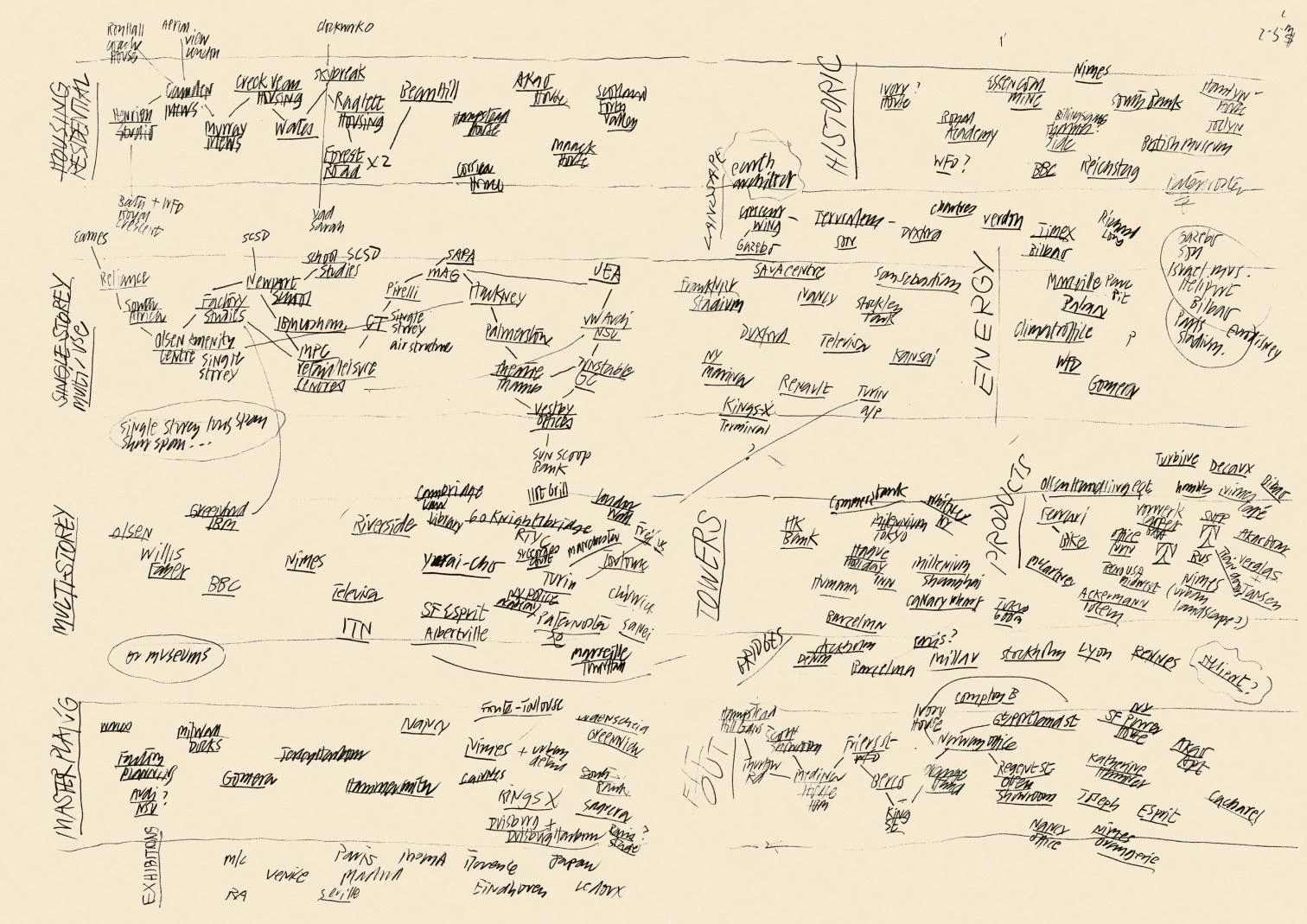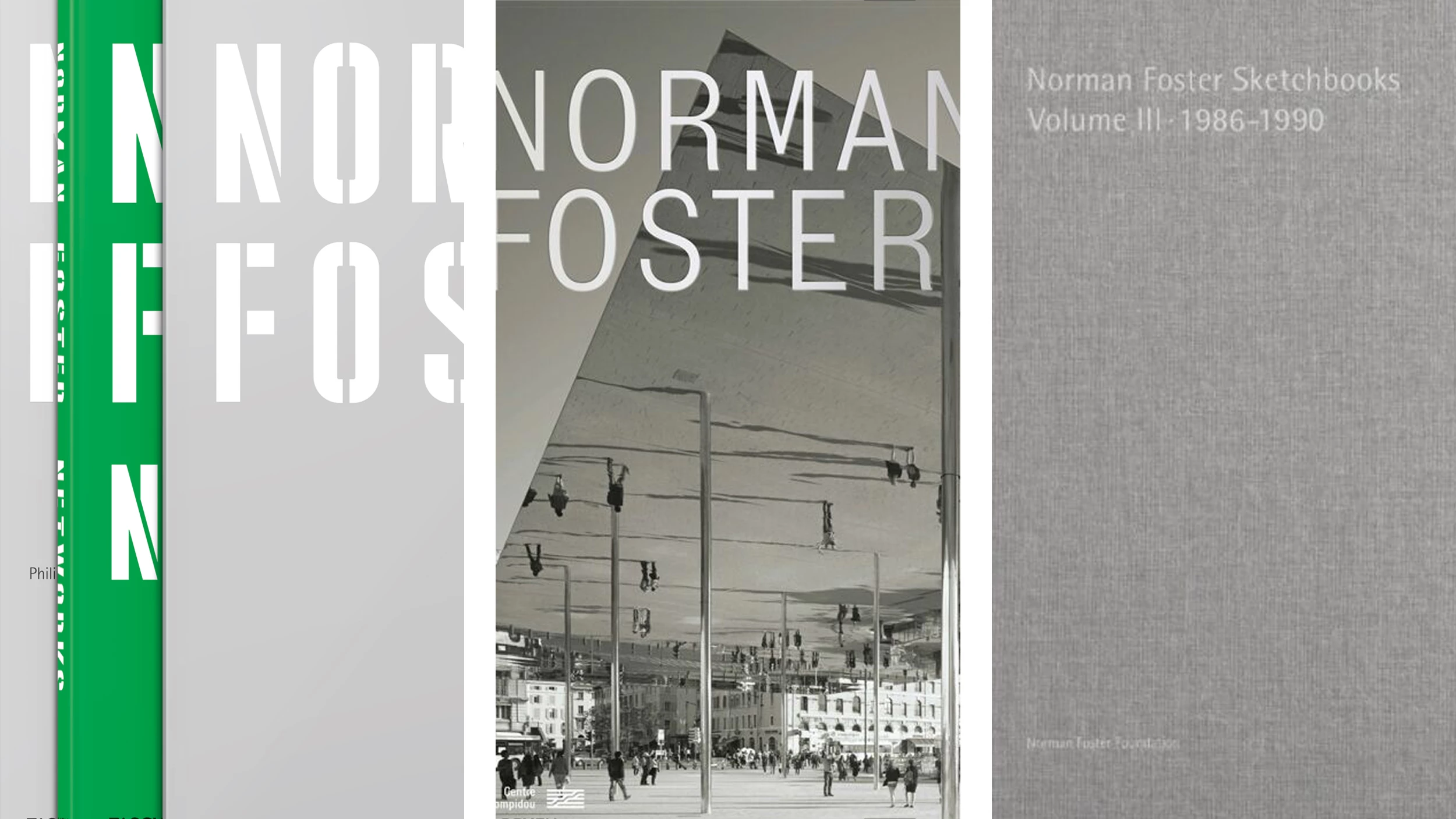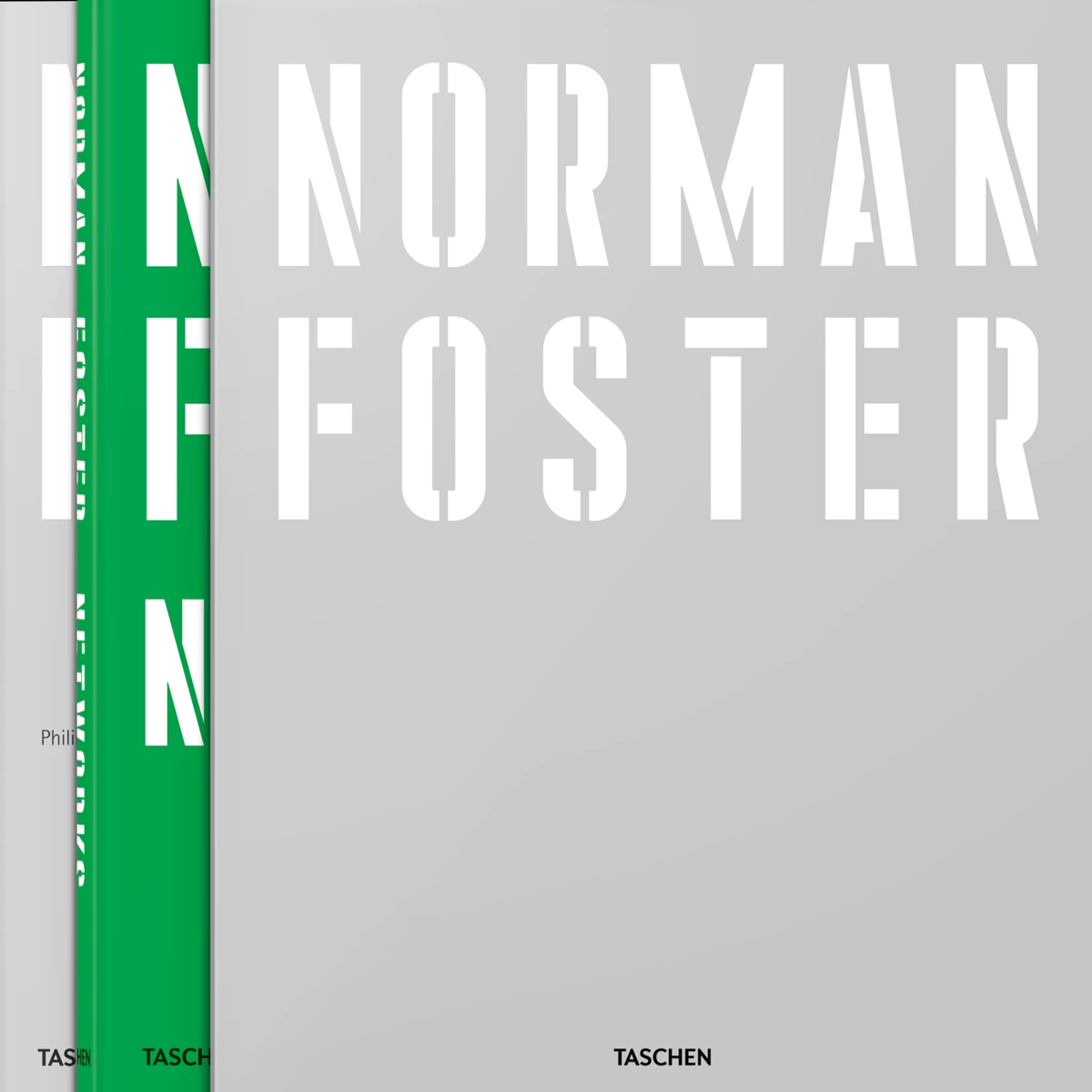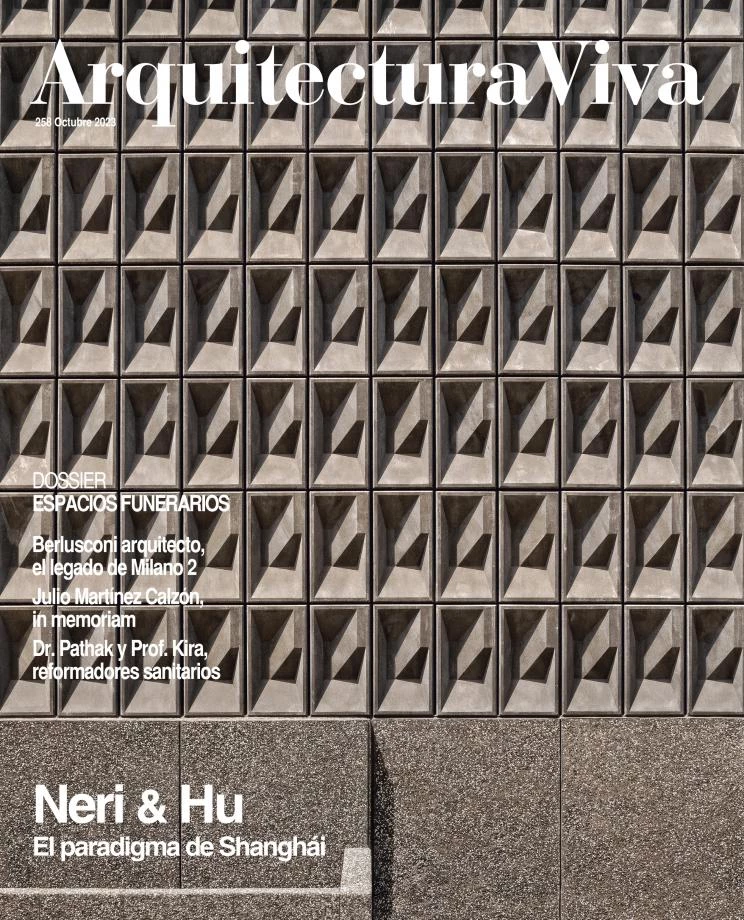
Norman Foster has published three books which are great works. Their colossal dimensions belie the intimate attention given to every page, because the architect’s hand and gaze is all over. Taschen’s monumental two-tome monograph is signed by Philip Jodidio, but is the result of three years of collaboration with Foster, and while the first part presents his oeuvre complète, the second offers a selection of essays written and illustrated by the architect himself, who explores the roots and sources of his designs. The huge catalog of the Centre Pompidou was put together by the exhibition’s curator, Frédéric Migayrou, but both the introduction and the interview with Foster, along with the chronological and thematic organization of the book, reproduce the ideas of the architect, who was intimately involved in the curating of the show. And the newly released third volume of the Sketchbooks, embracing the period 1986-1990 (as the previous two cover 1975-1980 and 1981-1985 and the initial synthesis spans 1975-2020), is again an archival achievement of Jorge Sainz, but the architect closely oversaw the publication, which is a project of the Norman Foster Foundation.
The size of the books could even be expressed through their weight, more than 20 kg for those shown in the photograph, but these titanic dimensions, which many will associate with the XL scale of many of the British architect’s built works, coexist with the painstaking attention and careful sketches that make paper and ink speak in whispers. In whispers speak the Taschen volumes, as much in the 696 pages of Works as, even more, in the 368 of Networks, even though the magnitude of these books recalls the medieval scores of Gregorian chants that we find on some church lecterns. In whispers, too, speaks the Pompidou catalog, because the Foster drawings in it inevitably refer to the first hall of the exhibition, where the sketchbooks in softly lit display cases provide an intimate prologue to a dazzling show. And in whispers, of course, speaks the latest volume of Sketchbooks, which again joins spatial schemes, construction diagrams, and overall views with notes in exquisite calligraphy, elegantly arranged reflections, and even storyboards for conferences.
The second Taschen book, Networks, begins with two full-page drawings: one titled ‘Flying objects, spaceman with bicycles,’ taken from a Foster sketchbook and dated June 2000; and a Focho cartoon from a 2015 issue of Arquitectura Viva that, using a Hergé cover, shows a ‘Fosterman’ drawing on the Moon. It was not Focho’s first time to be inspired by Hergé; in 1991 he had put Foster on another Tintin cover, and this earlier drawing, reproduced on a shirt I sent him on his 60th birthday, moved Norman to come up with a color version of the drawing with a new bubble. For the next pages of Networks the architect has chosen three drawings that sum up his trajectory well, and which again in a soft voice speak of the ambition of his endeavors and the intellectual and artistic consistency of his approach: his work grouped in categories, a mental map of his projects, and the design philosophy inherent in everything that inspires him, all extracted from sketchbooks of 2019, 1997, and 2017.
Two of the three works being reviewed here use Foster’s buildings as guiding thread, and it is surely through his constructions that the Briton has earned a place in the history of architecture. But nothing expresses the coherence of his journey as well as his drawings, and nothing whispers to us as eloquently as his written notes, which give unexpected insights into his work, and this is what gives singular importance to the Norman Foster Foundation’s series, which because they cover five years at a time will grow to at least ten volumes, building the most colossal tribute to the architect with his most intimate reflections.









